Costume Design (BFA)
Costume Design (BFA)
The costume design BFA program will train the next generation of artisans and designers with key technical skills and opportunities to practice their craft in active production environments. By combining a rigorous sewing program with industry specific design courses, the students will be prepared to work in any number of positions in either theatre or film. Students will have opportunities to design theatrical productions, collaborating with the director, fellow designers and the actors to create costumes that support the needs of the play. Finally, each student will graduate with a portfolio that showcases the range of their talents in design and construction of garments and specialty items like jewelry and millinery work.
MA MFABachelor of Fine Arts (BFA) Degree
Available Online & On Campus
Core Classes
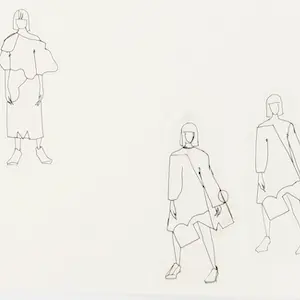
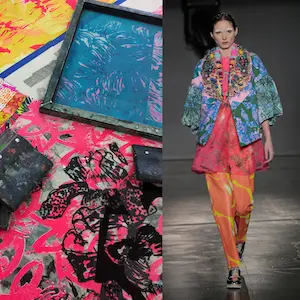

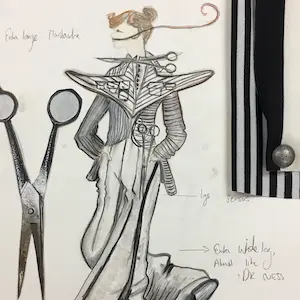

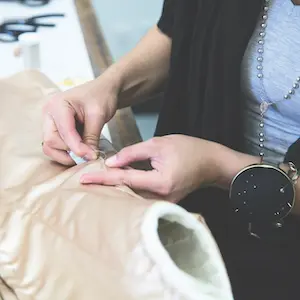


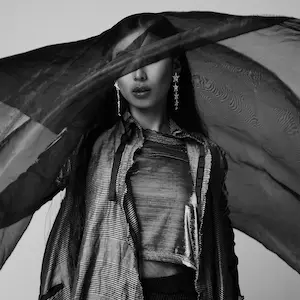

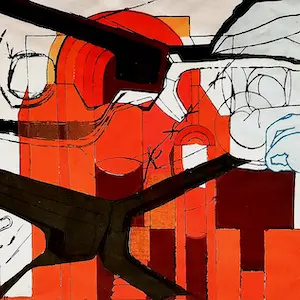

Unit Requirements
| Major Coursework | Units |
|---|---|
| Core | 36 |
| Major | 33 |
| Electives | 9 |
| Liberal Arts | 42 |
| Total | 120 |
Degree Requirements
BFA COSTUME DESIGN DEGREE REQUIREMENTS
- Minimum grade of C- in all major coursework.
- Minimum 2.0 GPA and the following general education requirements:
4 Art Historical Awareness courses
1 Creative Communication course
1 Written Communication: Critical Thinking course
1 Historical Awareness course
1 Quantitative Literacy course
1 Cultural Ideas & Influences course
1 Employment Communications and Practices course
After above general education requirements are met, take Liberal Arts electives as needed to fulfill the Liberal Arts unit requirement.
Additional Information

Program Learning Outcomes
Undergraduate students will meet the following student performance criteria:
Research and Concept Development
- Produce creative and original designs
- Select design concepts appropriate for the customer or audience
- Generate ideas that are coherently related to the chosen concept
- Conduct thorough design research
- Demonstrate evidence of trialing and self-editing designs
- Propose designs that are possible to translate from 2D to 3D
Visual Presentation Skills
- Create professional and organized presentations that reflect an individual/personal style
- Effectively communicate design concepts and philosophy two-dimensionally
Technical Skills
- Work effectively with industry standard software
- Demonstrate technical proficiency in design communication
Verbal and Written Presentation Skills
- Clearly express ideas utilizing industry vocabulary
Professional Readiness
- Create a relevant and original portfolio and collateral materials which can be used to market themselves to the industry
Costume Design Skills
- Demonstrate advanced skills in alterations, distressing, and quick rigging of costume pieces for theatrical productions
- Effectively document and apply director/cast/crew feedback to costume designs
- Prepare a legible, organized production bible including all relevant charts, documents, and photographs
- Maintain consistency in the costume looks and actors’ hair and makeup for the entire production
Academy of Art University Learning Outcomes
Graduates of the Academy of Art University will demonstrate the ability to:
- Produce a body of work suitable for seeking professional opportunities in their chosen field of art and design.
- Solve creative problems within their field of art and design, including research and synthesis of technical, aesthetic, and conceptual knowledge.
- Communicate their ideas professionally and connect with their intended audience using visual, oral, and written presentation skillsrelevant to their field.
- Execute technical, aesthetic, and conceptual decisions based on an understanding of art and design principles.
- Use professional terminology to evaluate their work and work in the field.
- Recognize the influence of major cultural and aesthetic trends, both historical and contemporary, on art and design products.
- Learn the professional skills and behaviors necessary to compete in the global marketplace for art and design
- Engage with a variety of communities beyond the classroom through internship opportunities, study abroad programs, athletics, student interest clubs, and participation in collaborative, civic, and pro bono projects.
*Semester plans are subject to change at any time. Semester breakdowns displayed are suggested and additional options are available to help customize your educational experience. Speak to an admissions or student services representative for more information. Please see our catalog for more details at: https://catalog.academyart.edu